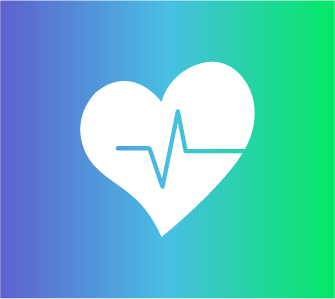It is no secret that physicians are increasingly dissatisfied with the current practice of medicine, especially in large healthcare centers and other corporate practices. For many, this frustration slowly spirals into burnout and affects not only the provider’s health, but the health of patients as well.
In his book Deep Work: Rules for Focused Success in a Distracted World, Cal Newport describes the conditions that plague physicians mired in administrative burdens as “shallow work” – or “non-cognitively demanding, logistical-style tasks, often performed while distracted.” These types of tasks include:
- Repetitive data and order entry
- Extensive documentation requirements that may lead to work being brought home and a loss of work/home boundaries
- Phone calls and emails for prior authorization and/or care denials
- Excessive time spent on paperwork
Physicians are amazing knowledge workers who have immense training and skill in the care of sick people, as well as an immeasurable capacity to create value in the form of health and longevity for many in their care. However, most physicians feel stifled in their profession, as they are increasingly bogged down with clerical duties and shallow work, resulting in more time spent with paperwork rather than patients.
Physicians increasingly blame new technology for this burden of shallow work. EMRs designed by corporate interests and technologists rarely consider the preferences and needs of the providers who interact with them daily.
Telemedicine and Remote Patient Monitoring (RPM) technology can vastly improve patient outcomes, but physicians are less than enthusiastic about adopting these new technologies. The lack of adoption is mainly due to the fear of an even greater burden of shallow work, as they are forced into the use of technology without adequate training, resources, or administrative support.
Technology – Friend or Foe?
Staying mentally healthy as a physician requires the elimination of shallow work and a return to a primary focus on the care of patients (deep/knowledge work). Technology can actually help physicians reduce administrative burdens – but it must be the right technology, applied the right way, and at the right time.
However, as mentioned, physicians are busy and may not have the knowledge, training, or time to evaluate technology or to understand how to apply it so that it is helpful, rather than a hindrance. Physicians are often easily put off by new technology and may discount it immediately if it appears to add encumbrance to their daily workflow in the form of additional “clicks.”
To understand whether the introduction of new technology, such as AI symptom checkers, automated coding and billing, or remote patient monitoring would be beneficial to a physician’s practice and to their patients, that technology should be vetted using Cal Newport’s “Craftsman Approach to Tool Selection”, as discussed in Deep Work.
Many times, people, especially practice managers, will choose to adopt new technology because it simply offers a benefit to themselves or to their patients. The approach of adding technology indiscriminately is what can lead to technology burnout for providers and lower the rate of adoption. Instead, a particular tool should be evaluated based on whether it will have a significant, positive impact on the core values that define professional success, without creating a significant burden or negative impact.
For example, a primary care physician who treats patients with diabetes may value the ability to have longer discussions with patients about the impact of their disease on their quality of life, rather than just reviewing pages of glucose readings or food logs. In this case, a high-tech and high-touch approach may be to implement a remote patient monitoring solution, where another medical professional reviews daily readings and a health coach helps the patient make and maintain measurable and attainable nutrition and activity goals to improve their disease over time. This way, when the patient comes in for the appointment, the physician has already been able to make medication changes in real-time between appointments and more time can be spent connecting, rather than checking and correcting.
This use of technology allows the physician to use precious clinical time to build the rapport needed to correctly diagnose and treat chronic disease, and in many cases, treatment changes can be made swiftly between appointments before problems arise. The extended team and digital tools empower the physician and preserve the physician-patient relationship.
A Trusted Technology Advisor
As a physician, I know that most of us simply don’t have the time to review and implement all the new technology that might benefit our practice and our patients. That’s why Vitel has done the work of vetting new technology and can help curate a digital health practice that will work for providers and improve the lives of patients. At the end of the day reducing burnout has a lot to do with eliminating tedious administrative tasks and finding the right technology can be a true lifesaver.






